The name of Prince Gagra, which became the first “climate station” in the Caucasus in tsarist Russia, is associated with the name of Prince Alexander of Oldenburg. This year marks 175 years since the birth of the prince.
Kapba Arifa
Alexander Petrovich of Oldenburg was from a very famous Russian duke and princely family of German origin. This genus was the younger branch of the Oldenburg common dynasty, which was divided into the Holstein-Gottorp-Romanovs (the “older” branch, began to rule in the Russian Empire after the death of Empress Elizaveta Petrovna in 1762 - ed.) and Holstein-Gottorp (were rulers of the Duchy of Oldenburg, now north-west Germany - ed.). Alexander Petrovich belonged to the latter.
In St. Petersburg
He was born on May 21 (June 2 in a new style - ed.) in 1844 in the family of Prince Peter G. Oldenburg and Princess Theresa of Nassau. Through the father Alexander Petrovich was one of the great-grandchildren of the Russian Emperor Paul I.
Prince of Oldenburg attended the full course of the School of Law, which was opened in St. Petersburg in 1835 on the initiative of his father, Peter Georgievich. From his father, the young prince of Oldenburg inherited a desire to help the afflicted and bring people enlightenment. “He was involved in charity work, was a trustee of the children's hospital, the Trinity and St. George communities of Mercy, a society of sober, he patronized the great Russian scientist Ivan Pavlov in his work on creating a physiological school in Russia,” writes about this in his article entitled “Prince of Oldenburg - “father of “Gagra resort” journalist Anatoly Klyuev.
In December 1890 the Imperial Institute of Experimental Medicine was opened at the expense of the Oldenburg family with the direct participation of the prince in St. Petersburg (now the Institute of Experimental Medicine, until March 1917 in the periodical press it was called the “Institute of the Prince of Oldenburg” - ed.) where Ivan Pavlov began to conduct his famous experiments (Russian and Soviet scientist-physiologist, winner of the Nobel Prize in Physiology or Medicine in 1904 - ed.).
In 1870-1876, the prince served in the Life Guards in the Transfiguration Regiment, in 1877-1878 he participated in the Russian-Turkish war in the rank of major general. Since 1895, he was a general of infantry and adjutant general of His Imperial Majesty, as well as a member of the State Council of the Russian Empire. In 1903, the famous Russian painter Ilya Repin depicted Alexander Petrovich, among other councilors, in a colossal picture - a collective portrait “Solemn meeting of the State Council on May 7, 1901, on the centenary anniversary of its establishment”. Since 1938, this canvas has been exhibited in the State Russian Museum of St. Petersburg.
In the same place, in St. Petersburg, today on Liteyny Prospect there is a monument to the prince, erected in 1889 in memory of his merits before the Fatherland. However, in Gagra there is no such monument yet, although this Abkhaz town owes its appearance to Prince of Oldenburg.
Gagra fortress and its surroundings
In the 19th century, Gagra represented a wetland where malaria was raging, the climate was damp and humid, and in the heat of summer, it was suffocating. Extreme neglect was the Gagra fortress of Abaata, in which at one time, after Abkhazia became part of the Russian Empire (based on the Manifesto of Emperor Alexander I, the Abkhaz principality joined the Russian Empire and was part of it as an autonomy until 1864 - ed.) housed a military garrison. After the famous Decembrist’s uprising in 1825 on Senatskaya Square in St. Petersburg (the uprising of the nobility for the abolition of autocracy and the abolition of serfdom, culminating in its suppression - ed.), one of the participants in the uprising writer Alexander Bestuzhev-Marlinsky was sent to this garrison.
In his letter to the brothers Nikolay and Xenophont Polev, publishers of the Moskovsky Telegraph magazine, dated June 19, 1836, the writer left such an unattractive description of Gagra of those times: “There is a depression between the huge mountains on the Black Sea coast
in Abkhazia. The wind does not blow there; the heat there from the hot rocks is intolerable, and, to the consummation of pleasures, the stream dries out and turns into a fetid puddle. In this gorge a fortress was built, in which enemies beat from all heights into the windows; where the fever rages to the point that one and a half sets per year dies from the garrison, and the rest do not otherwise leave from there, as with deadly obstructions or dropsy. There is the 5th Black Sea Battalion, which could not otherwise communicate with other places like the sea, and, having no land for pastures, it feeds on rotten corned beef all year round. In a word, the name of Gagra, in the most disastrous for the Russians of Georgia, is equivalent to death sentence.”
A little more than half a century later, Alexander Petrovich of Oldenburg, on the contrary, saw something promising and attractive in this place.
Receive the prince the Abkhaz way
How did the prince come to Abkhazia, and what is the history of the arrangement of the high-rise resort Gagra? The historian, professor Stanislav Lakoba writes about this in sufficient detail in his article.
Prince of Oldenburg first arrived in Gagra in 1901. “The steamer “Icebreaker” at 6 am approached the ruins of the Gagra fortress,” Lakoba describes this event, “and the assistant chief of the Sukhum district, captain Zenchenko, in a military way, welcomed His Highness.” The prince was also met by a group of Abkhaz from the village of Kaldakhuara - of course, hospitably: “on a specially prepared table were a whole roasted lamb on a spit, local Abkhaz wine and cheese”.
In addition, here are some more curious details related to the first meeting of the Abkhaz and Alexander Petrovich of Oldenburg. Through a translator named Ladaria, local residents asked the prince for permission to use the guns of the police officer and go to the mountains to shoot a boar or a wild pheasant and bring prey to the distinguished guest. The fact is that since 1898 the entire population of the Gudauta area was disarmed according to the order of the royal power.
“The prince condescendingly smiled at the people's diplomats and ordered the Abkhaz to hand over three rifles,” writes Lakoba. Soon the hunters returned with two wild goats, the prince was pleased with the meeting, ate and drank the Abkhaz wine, not forgetting to raise a glass “to the health of the Abkhaz”.
After staying in Gagra for several days, the prince moved on to Novy Afon, then to Sukhum, where he visited the Sinop garden in Sukhum (a subtropical garden established on the eastern edge of the town at the end of the 19th century and bought later by Grand Duke Alexander Mikhailovich Romanov - ed.), the estate of Nikolay Smetsky (Russian patron of the arts, benefactor who constructed the Sukhum dendrological park and built several sanatoriums in the Gulrypsh area – ed.) and the gardens of Fyodor Noev (Russian gardener who spread hyacinth culture in Abkhazia - ed.). Everything he saw so impressed the prince that, returning to St. Petersburg, he convinced his relative Nicholay II that he had found a place in the Caucasus where one can create a magnificent resort like those on the Mediterranean Riviera.
“On June 20, 1901, 100 thousand gold rubles were allocated from the treasury for the construction of the Gagra climate station,” writes Stanislav Lakoba.
Improvement of Gagra
Already in October 1901, work began on the construction of the resort; building materials were brought along the narrow-gauge railway. It was during Oldenburg that the Gagra ancient fortress of Abaata was cleared and the fortress church was restored. “At the expense of the Princess of Oldenburg (wife of the Prince, Duchess of Leuchtenberg, Princess Eugenia Maximilianovna Romanovskaya - ed.), strictly preserving the original appearance, they restored the fortress church of St. Ipatius, decorating the roof of the church with stone crosses, having decorated the walls with icons of the famous Russian artist Mikhail Nesterov, invited to Abkhazia from St. Petersburg”, - said Klyuev in his article.
Resort Gagra was built in a little over two years. A magnificent subtropical park with ponds, sculptures, strange trees and palm trees of course, was constructed by the sea. A hydropathic establishment with English marble baths appeared on the mountainside, and in the town, there were mansions, shops, restaurants, a marina, a telegraph and postal service.
One of the most beautiful buildings was the restaurant Gagripsh opposite the Primorsky Park (the main attraction and symbol of the town, the name of which comes from the river of the same name flowing next to it - ed.) - wooden and three-storeyed, with a large clock on the pediment. According to legend, it was brought to Gagra disassembled and built without a single nail, becoming an exact copy of the building presented at the World Exhibition in Paris in 1902. From the same exhibition for Princess Eugenia Oldenburgskaya, they brought the palace, which spoke with the restaurant as a single architectural ensemble (the palace was not preserved, it became unusable and was dismantled in the 80s of the 20th century - ed.).
Of course, the prince’s castle was particularly impressive. Built in the then modern style of modernity, it flaunted high above the town on the slopes of the cliffs of Zoequara gorge. This is how Klyuev describes his attire: “The front rooms and the banquet hall, the palace’s rooms and bedrooms were decorated with art-wrought marble fireplaces, Persian carpets and paintings by famous painters. Of great value was the collection of ancient weapons, furniture, silver samovars and utensils with the coat of arms of Oldenburg.”
It is noteworthy that the prince was in favor of giving hotels and restaurants names typical of local toponymy, and often hosted Abkhaz princes and representatives of local noble families. For example, documentary evidence of how Topaz Inal-ipa, carefully preparing for a meeting with the Prince of Oldenburg, adorned his horse with a new saddle and bridle, and sewed a white Circassian with silver fuzzies, and then caught two huge salmons in the Bzyb River, carried them as gifts to Alexander Petrovich. He received him cordially, invited him to the generously laid table, and when Inal-ipa was leaving the prince, he was presented with a German stagecoach with a pair of horses.
Jingle glasses and silver medals
The opening ceremony of the resort was held on January 9, 1903 in the restaurant “Gagripsh”.
“Accepting the congratulations and greetings of the guests, prince of Oldenburg, to the sound of crystal glasses, handed over to the first guests silver medals minted for this significant event. The medal was decorated with the royal crown, the monogram of A.P.O. and the signature “Gagra 1903”. The resort’s presentation was crowned with a luxurious treat, a festive artillery salute, a ceremonial march of the local military garrison and a prayer service in the church of St. Ipatia,” writes Anatoly Klyuev.
Prince Alexander Petrovich of Oldenburg then lived and rested in Gagra for a long time with his wife, Eugenia Maximilianovna, who was paralyzed and therefore moved in a large three-wheeled chair with a white donkey pulled by a Cossack. The son of Oldenburg, Peter, was married to the sister of Emperor Nicholas II, Princess Olga, the last Grand Princess of the Romanovs' house.
After the beginning of the revolutionary troubles of 1917, Oldenburg left the Russian Empire and went to Germany through Finland. It is known that the last years of his life he spent in the French city of Biarritz. He died in 1932 at the age of 88 and was buried there, on the shores of the Atlantic.
In the history of Abkhazia, the name of Alexander Petrovich of Oldenburg will always be associated with his creative contribution to the construction of one of the best resort towns of the Republic and the Caucasian coast.
References:
- Abkhaz biographical dictionary.
- Stanislav Lakoba. Prince Alexander of Oldenburg
- Anatoly Klyuev. Prince of Oldenburg is the “father” of the Gagra resort.
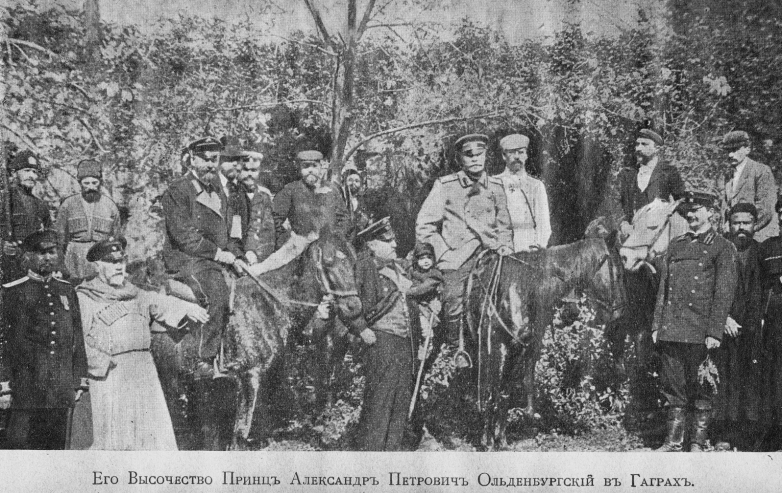
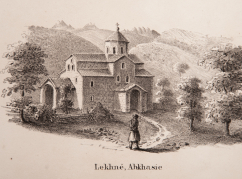
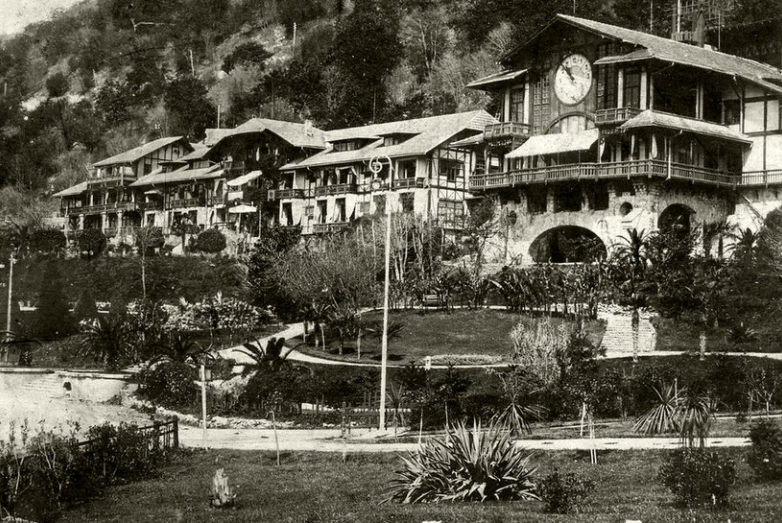
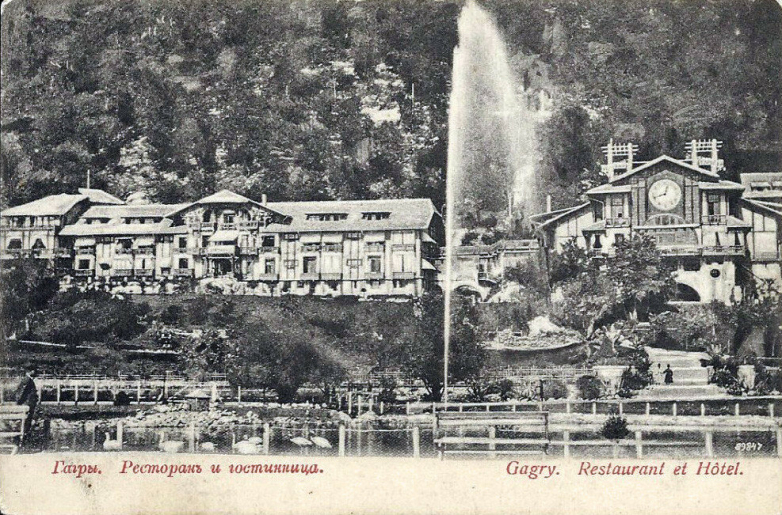
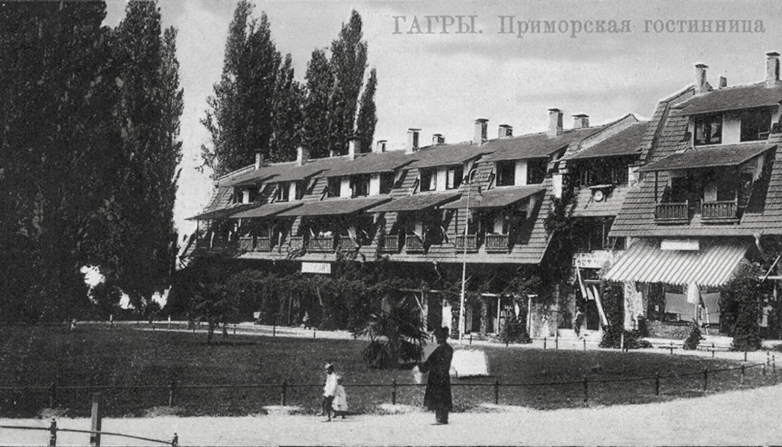
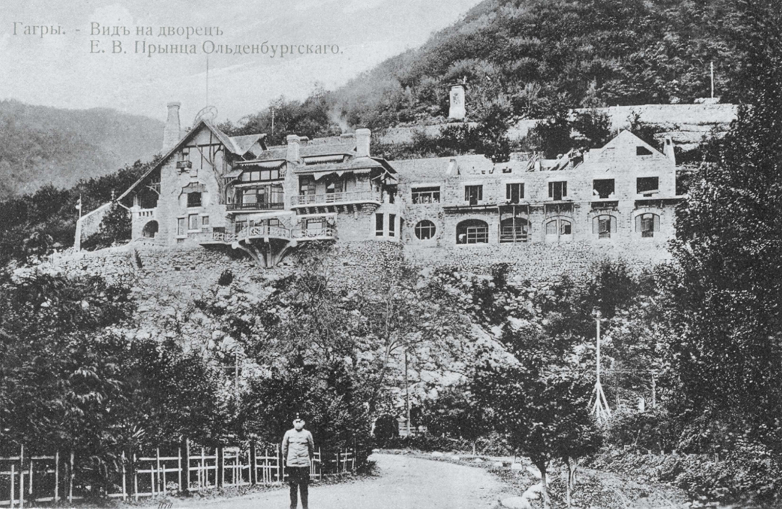
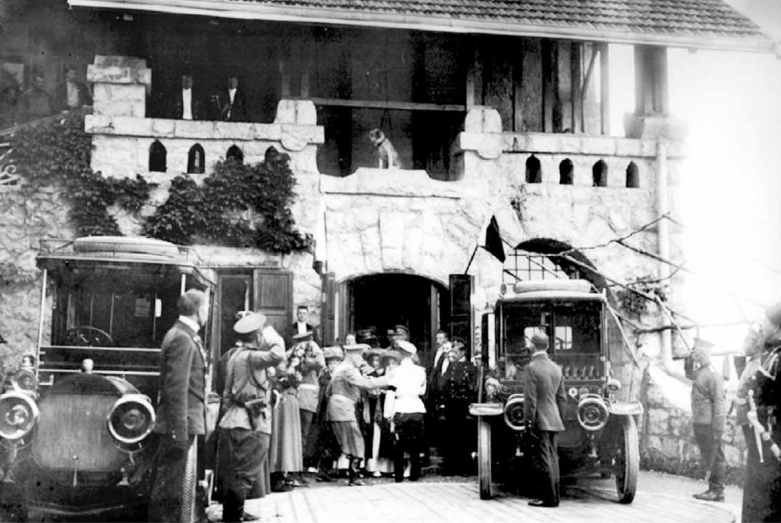
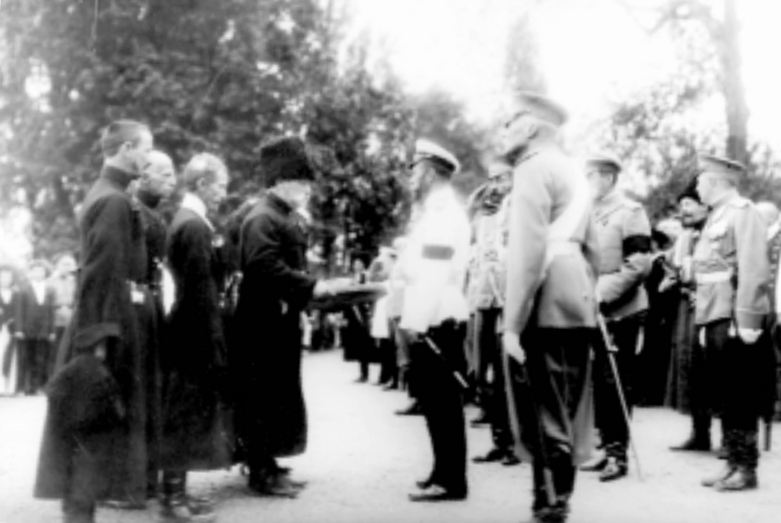
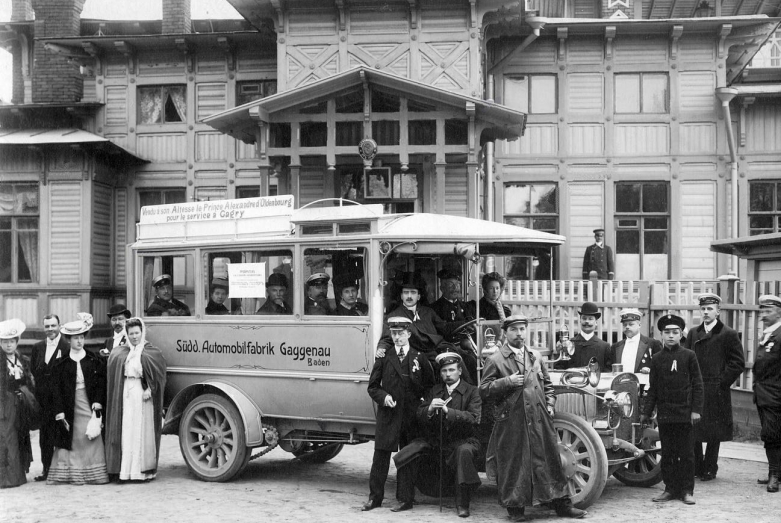
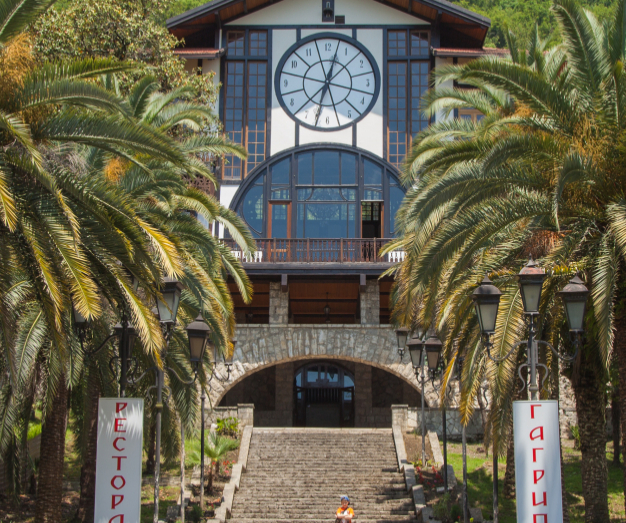
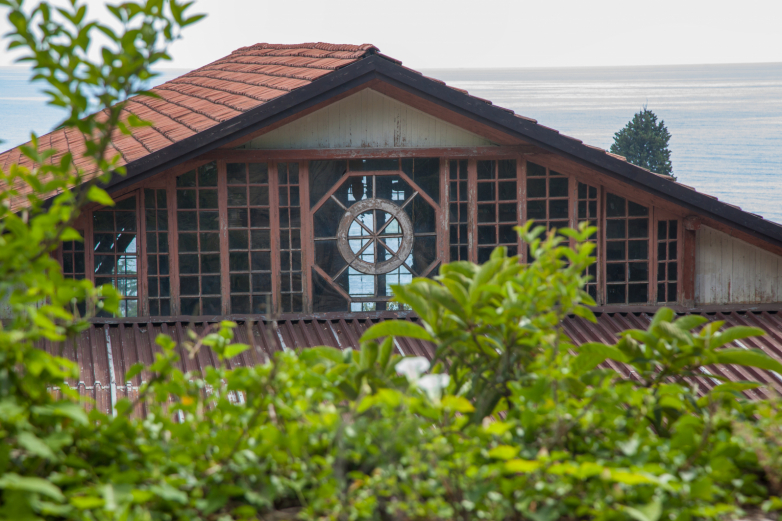
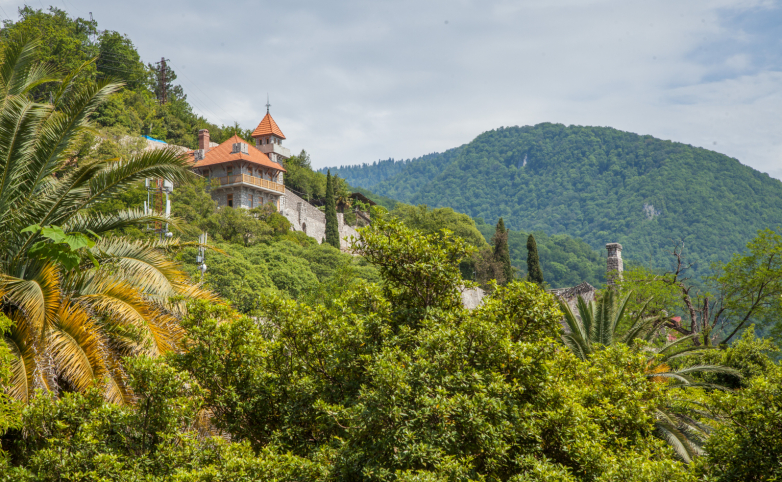
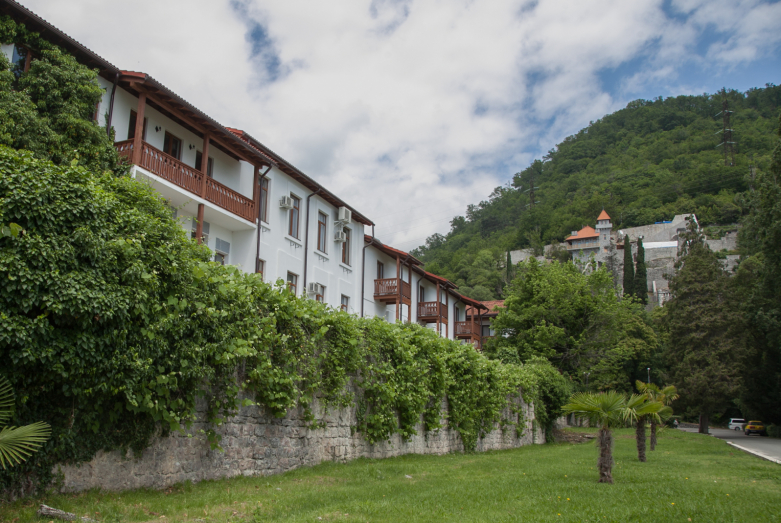
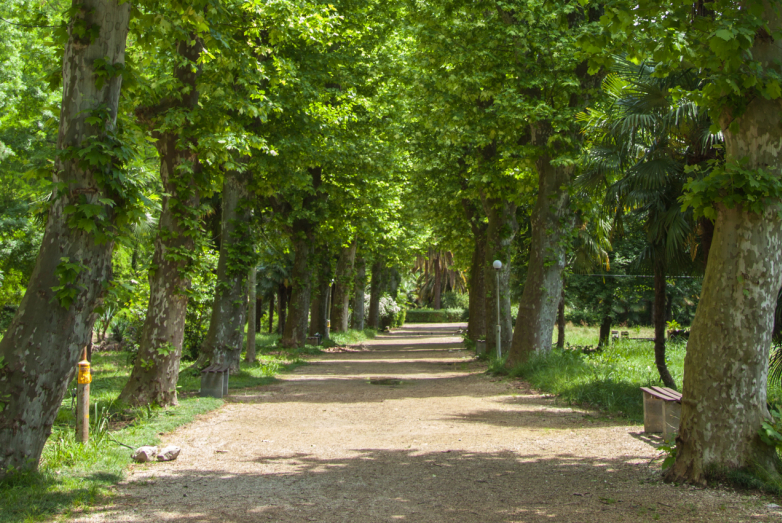
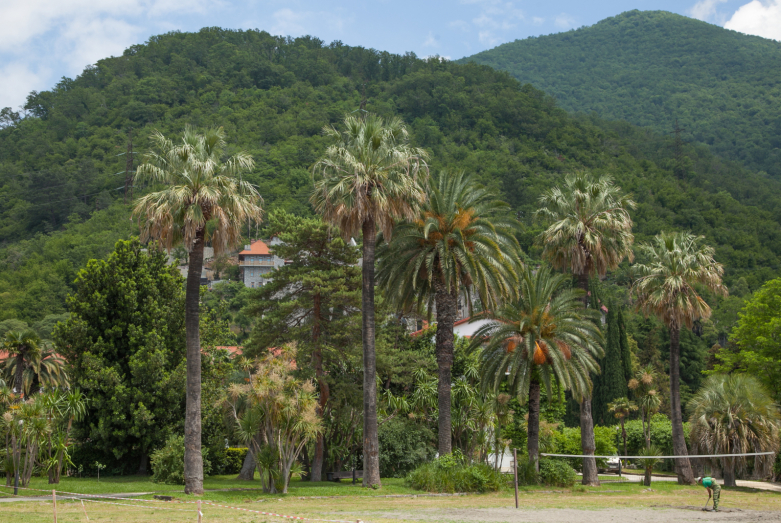
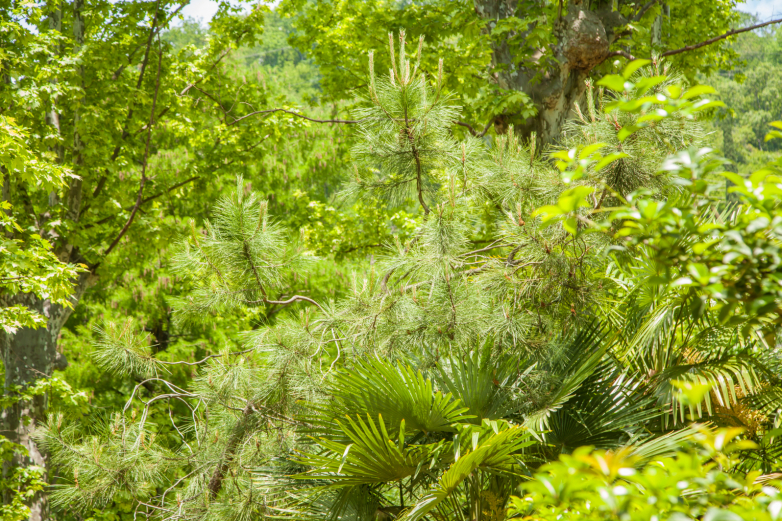
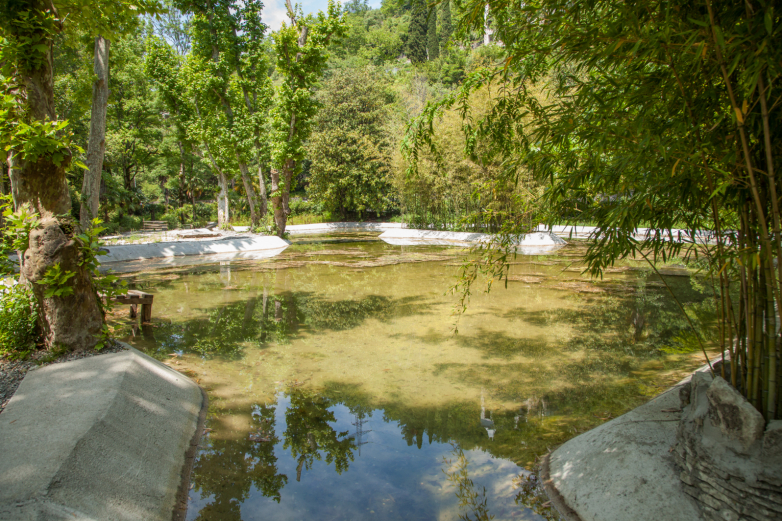
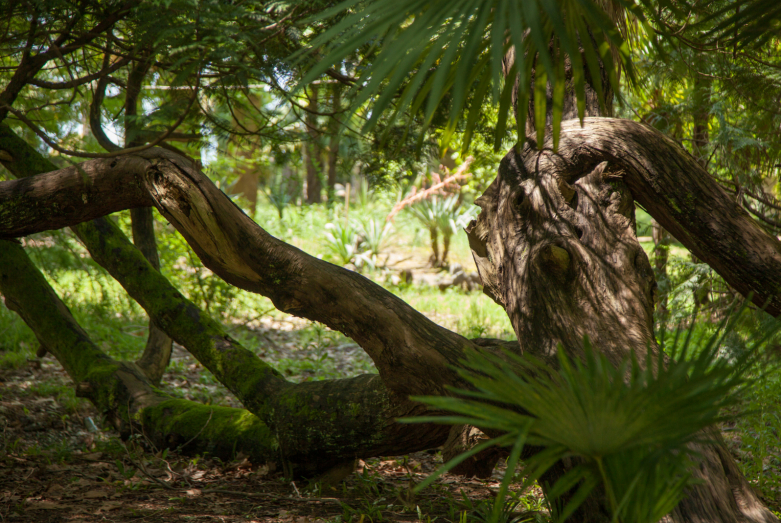
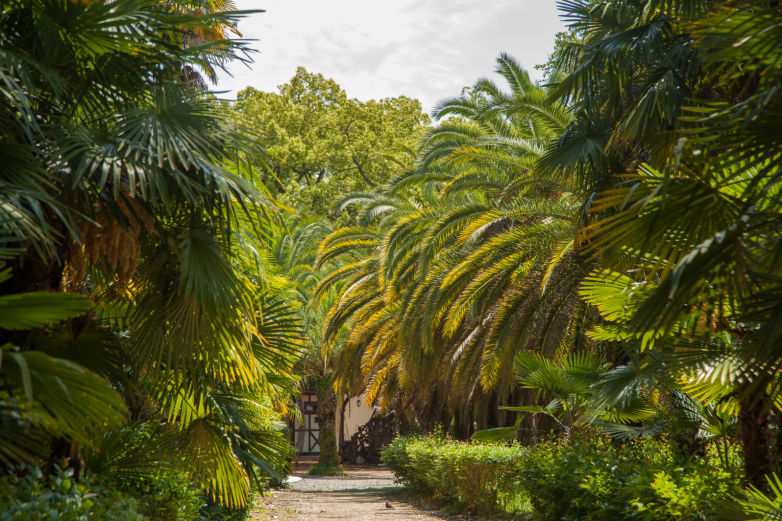
to login or register.